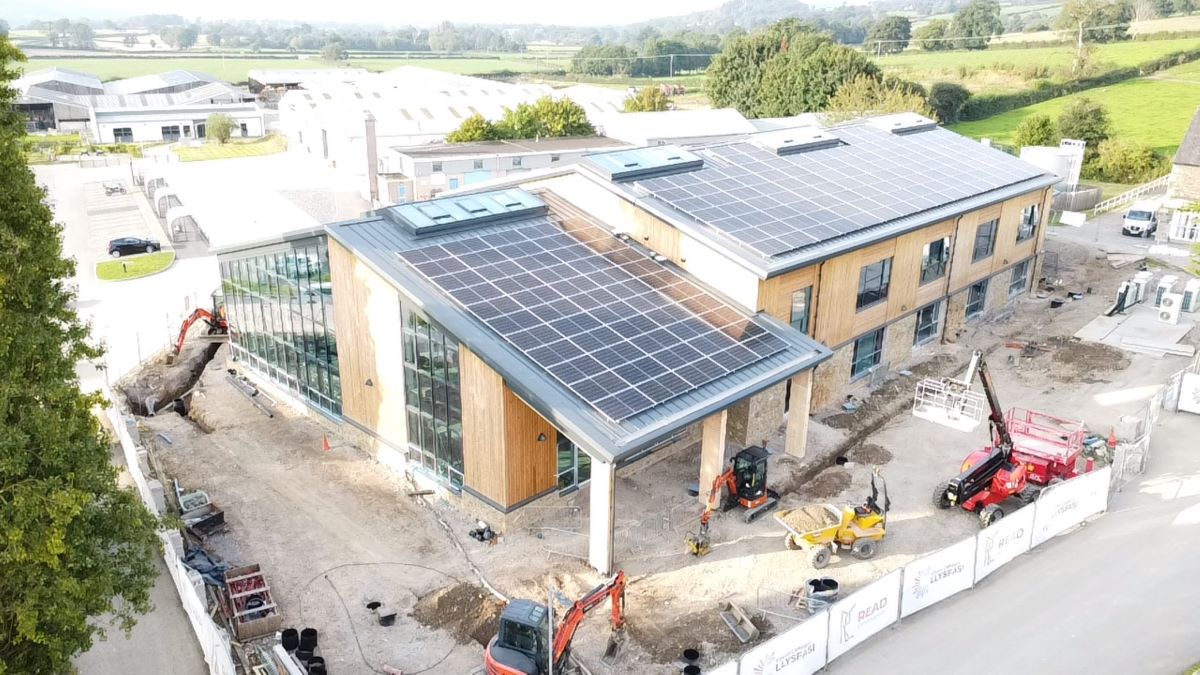The results are in: All levels of publicly funded vocational qualifications in FE generate strong economic returns

Measuring the net present value of further education in England 2018 to 2019
These findings continue to show strong economic returns to a range of publicly funded vocational qualifications in the Further Education sector.
The results show that, on average, all levels of learning generate strong returns.
The NPV per start for younger learners is typically higher than for older learners due to higher wage premia and a longer time left in the workforce.
Older workers have, on average, acquired greater human capital through work and life experience. This means they start at a higher wage position and have less to gain from increased training, leading to lower premia than younger counterparts.
However, the NPV per government pound tends to be lower because of greater government costs for this group compared to some co-funded older learners.
English and Maths returns have not been included as they were calculated using a different methodology in 2015 that it has not been possible to update here. English and Maths had an NPV per start of £14,000 and an NPV per pound of £17 in the 2015 paper. Note that this is with 100% productivity spillover and not directly comparable to figures here.
Below Level 2 is higher than in the 2015 report and at face value seems to offer very strong returns on government investment. However, the NPV per pound figures should be treated with some caution. Their value largely reflects the fact that below Level 2 courses are cheaper than other forms of learning, both in government cost and foregone output, and small increases in wage premia have a large effect on NPV per pound.
Foregone output is calculated using the average guided learning hours by qualification level and the average wage of the level below, i.e. how much of a learner’s income is lost as a result of taking time out to study a qualification. It follows the same approach as the 2015 paper.
16-18 year old classroom learners are assumed to have zero foregone output as they are less likely to be in employment over study, however 16-18 year old apprentices are assumed to have foregone output as they are more likely to have chosen employment at the time of their apprenticeship, given the strong workplace element of the qualification.
The NPV of a full Level 2 qualification is lower here than in 2015, while the full Level 3 estimate is higher. This is because of the decrease in wage premia at Level 2 (2ppts lower) and increase at Level 3 (7ppts higher).
The results also show that the NPV per £ of government funding is particularly high for full Level 2 learners aged 19-23 because of the high associated NPV and proportion of these learners that co-fund (estimated to be 30% based on a split of Adult Education Budget funding allocation and age in 2017/18), i.e. those who already have a full Level 2 and choose to study again at the same level.
For apprenticeships, estimates are included at ages 16+ for levels 2 and 3 because a good proportion of apprentices at these levels fall into the 16-18 category. Around 40% of level 2 apprenticeship starts were under 19 years, and around 20% at level 3.
The NPVs of frameworks are lower than in 2015 but this is mainly because of more conservative assumption about the spillover – as wage and employment premia are mostly higher (with the exception of Level 3).
The introduction of the levy system and new funding system in 2017 would impact the NPV per government pound. This change meant that the levy covers most of the cost of an apprenticeship (and is considered a cost to government for the purposes of these calculations), compared to a previously lower government contribution of around 50% for adults.
Estimates of the economic return from further education qualifications started in academic year 2018 to 2019.
Documents
Measuring the net present value of further education in England 2018 to 2019
PDF, 299KB, 27 pages
Details
This report provides estimates of the economic return from qualifications in further education (the net present value) using the most recent data on labour market outcomes.











Responses